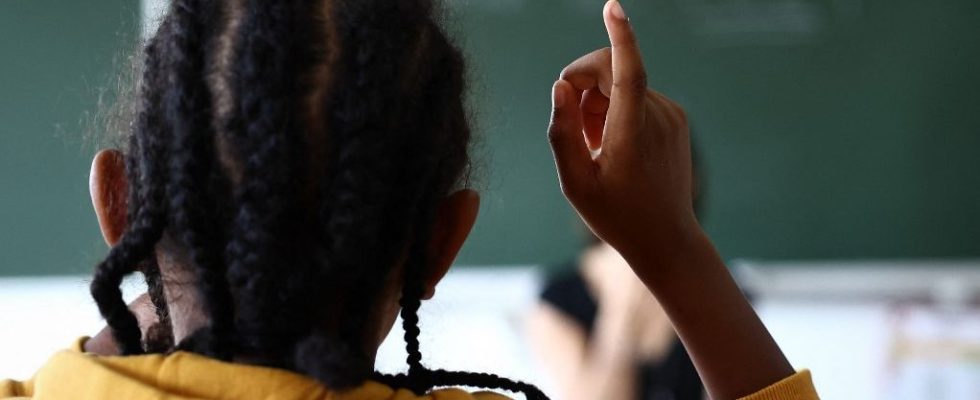Girls have on average less good results in maths from the first year of primary school (CP). If the observation is known to experts, the Institute of Public Policies (IPP) noted this Wednesday that this dropout ignores geography and families and concerns both the public and the private sector. While at the start of preparatory courses (CP) girls have the same level of mathematics as boys, they drop out on average from the middle of the year. An amplified and confirmed dropout upon entering CE1, recalls the IPP.
If the observation is already known, “this dropout is observed everywhere in society, because it affects all social environments, all types of schools and the entire territory”, summarized one of the authors of the note, the economist Thomas Breda, CNRS research fellow and professor at the Paris School of Economics (PSE). The IPP team worked from standardized national assessments, French and mathematics tests administered to all schoolchildren at entry into primary school, then at mid-year and finally at entry into CE1.
Of 2.5 million children
An “exhaustive” study on a cohort of 2.5 million school children over the period 2018, date of creation of the assessments, until 2022. Which measures their ability to add, read, write and compare numbers, but also have the beginnings of a notion of quantity. For each year, these students entering CP were classified according to their test results, before checking their progress or decline in this classification in the middle of the year then upon entering CE1.
The study notes that for French, girls have a marked advantage from the start, which they maintain a little less in CE1. On the other hand, for mathematics they lose ground from mid-term until entry into CE1. In this discipline, dropout is even more marked among the most successful girls. This is “possibly linked to other types of stereotypes about the kind of skills that make one good at mathematics, such as the ‘math hump'”, notes Thomas Breda.
No family factors
The variety of social or family factors changes nothing, with even a more pronounced dropout among children from a privileged background, or less marked among those belonging to a single-parent family or raised by people other than their parents. As for having two parents who are teachers or scientists, “that doesn’t matter”. No more than studying in the public or private sector, a religious or secular school, with a “classical” or Montessori pedagogy.
The only exception, with lower dropout rates, is priority education networks, characterized by reduced class sizes, more academic support and strengthened teaching teams. Without a biological or genetic factor explaining this sudden and general dropout, the note “questions the weight of gender stereotypes which weigh on students”, and “suggests that these spread early and very widely in society”.

